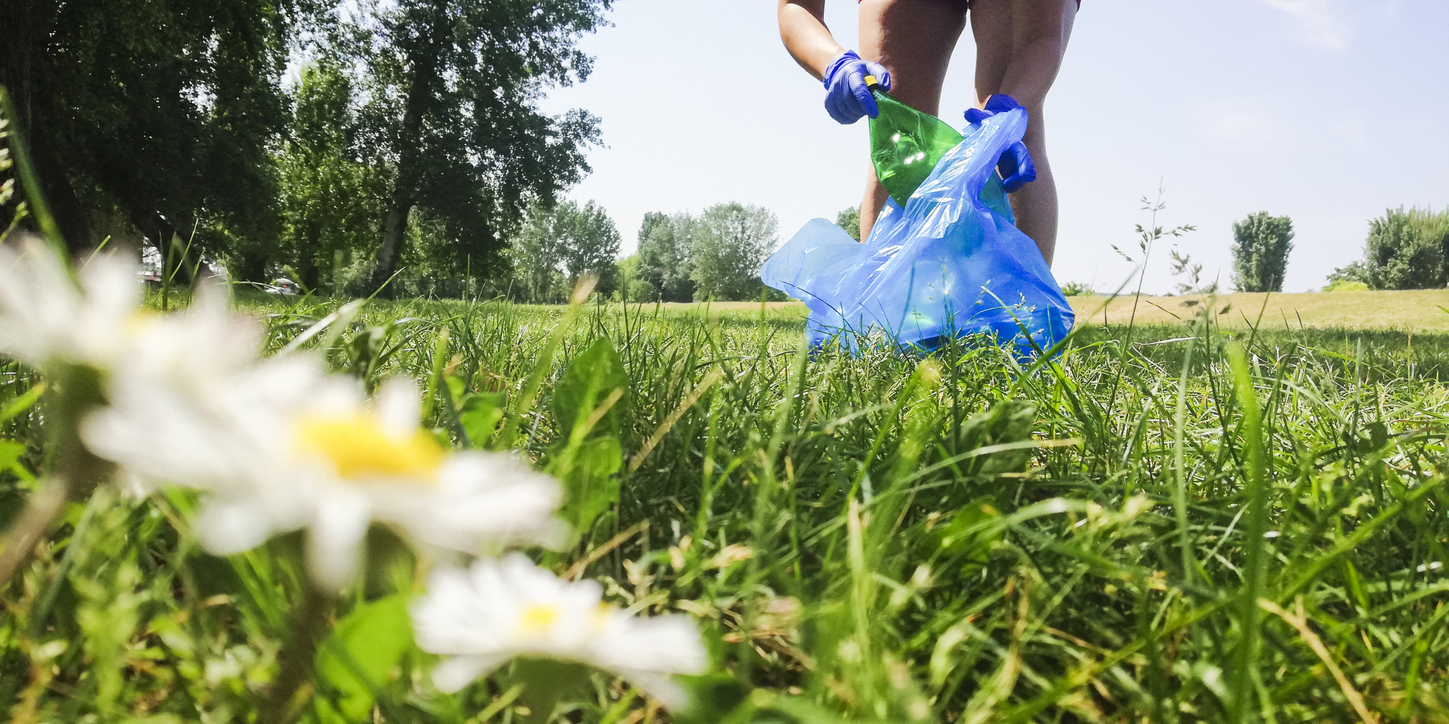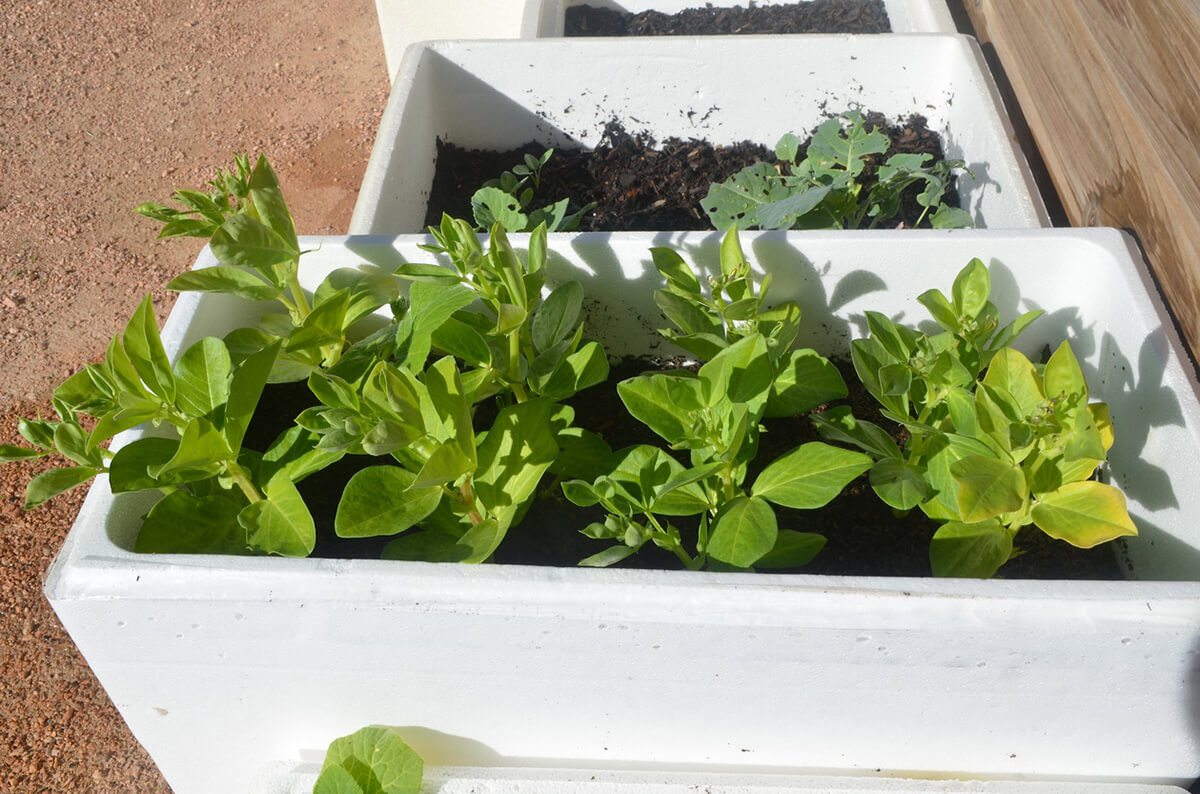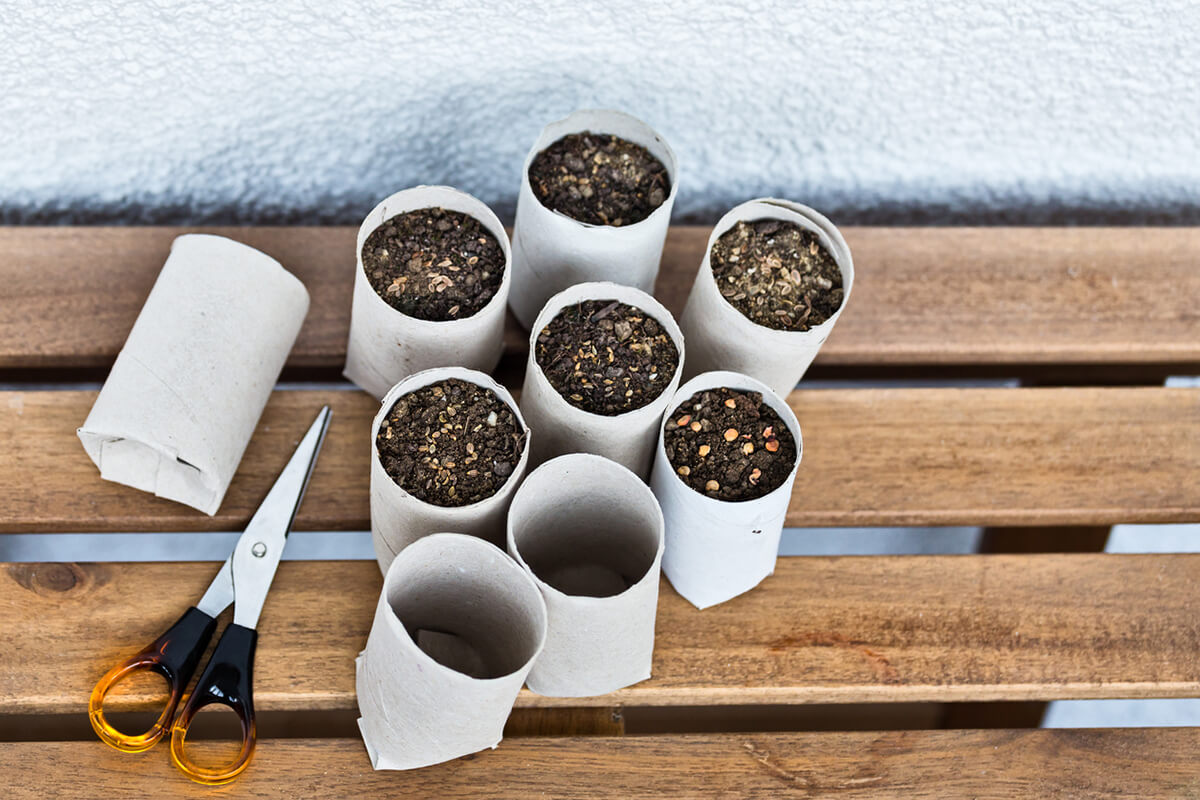The Zero Waste Movement — And What It Means for Packaging
October 08, 2018

“You’re under arrest for crimes against recycling! Raise your hands where we can see them, and put the plastic baggie down!” We’re sure this case will get thrown out in court, but that’s part of the problem being addressed by a new trend in the world of packaging disposal: the zero waste movement!
If you’ve purchased a metal straw or a bamboo toothbrush, you’re already doing your part for the movement. Zero Waste’s mission statement is: “We reduce what we need, reuse as much as we can, send little to be recycled, and compost what we cannot.” If you’re wondering how someone can live a zero waste lifestyle when packaging is all around us, let’s break it down by material!
PLASTIC

With single-use plastics on the way out, companies worldwide are taking a hard stance against plastics that aren’t able to be recycled. Among those materials are the ever-present #7 plastics — and you’re not the only one who scratches their head when deciding if your old disco music collection can go in the recycling bin.
Some plastics are starting to find their way in the zero waste movement. This year we’ve seen exciting changes in the way plastics are made, including environmentally friendly eco-plastics that biodegrade right in your compost heap. There are also humanitarians doing amazing work with recycled plastics in Asia to improve their communities, so what plastic waste does exist is being put to benevolent use.
Expanded Polystyrene (EPS)

EPS goes by the street name Styrofoam — although, to be PC, Styrofoam is a trademark name for Dow polystyrene, which is the sister of EPS. Whatever you may call it, EPS is a particularly prevalent player in protective packaging and one of the offenders in the zero waste movement. The material is actually banned in Europe and Japan, and in New York they’re moving away from EPS food packaging entirely! That means it’s a prime candidate for innovators to develop replacements.
Take molded pulp. It’s essentially old newspapers molded into a custom form for the product it’s packaging. Molded pulp perfectly protects its contents from impact, and because it’s paper it’s 100% recyclable. If you’d like to avoid recycling altogether, some packaging is as edible as your take-out food!
CARDBOARD

Cardboard might not seem like a particular problem for the zero waste movement. After all, it’s 100% recyclable, and 100% ready for its close-up. That being said, using less cardboard is always an option. You’ll not only save the planet, but you’ll save on shipping, too!
Source reduction is the process of removing excess materials in your packaging, which can pay off big time. Logistics companies measure packages for their dim weight, so the dimensions of your box matter now more than ever — and don’t worry, there’s an app for that. Source reduction is a responsibility we all have, and delivery services like food subscription boxes are doing their best to get on a better path.
In the words of Robert F. Kennedy, “Each time a man stands up for an ideal, or acts to improve the lot of others, or strikes out against injustice, he sends forth a tiny ripple of hope… those ripples build a current which can sweep down the mightiest walls.”
At Ernest, we’ve been standing up for our ideals of a less wasteful packaging industry for over 70 years — and watching those ripples grow is a privilege. See how Ernest is sweeping down the walls into a more sustainable industry, and we’re wasting zero time doing it.


